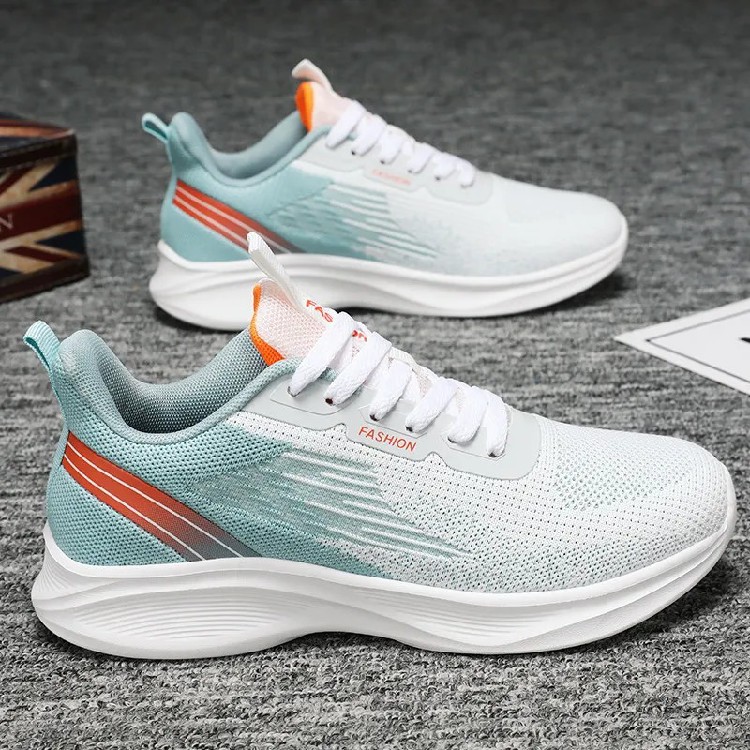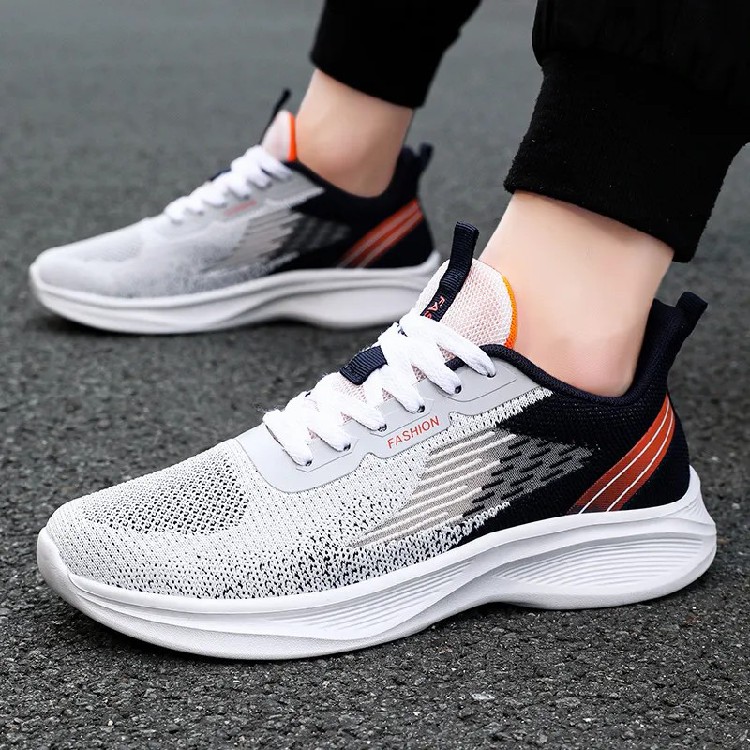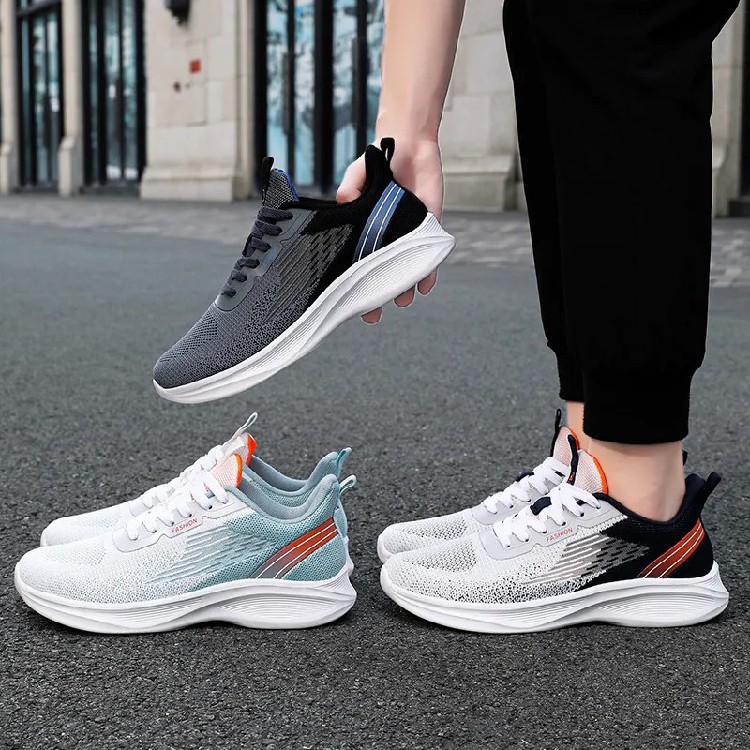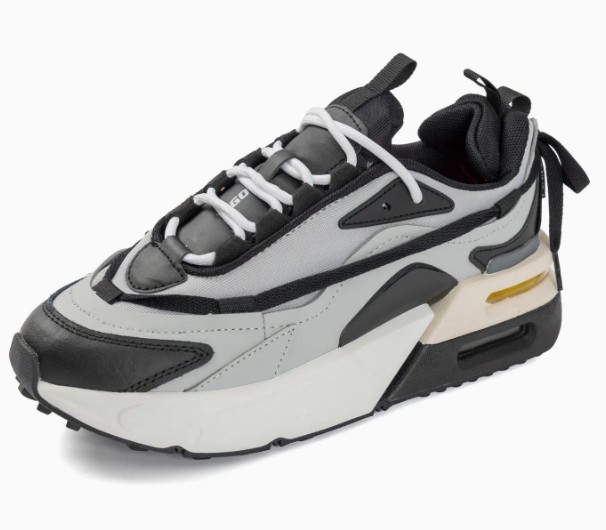A Deep Dive into Modern Women's Athletic Footwear
Product description
The global landscape of women's athletic footwear has been dynamically reshaped by a wave of innovation, with manufacturers delivering products that masterfully balance high-performance engineering with contemporary style. Today's active woman demands more than just a functional shoe; she seeks a versatile companion that supports her fitness goals and complements her lifestyle. The evolution in design and technology has led to the creation of footwear that is as suitable for a high-intensity gym session as it is for casual, everyday wear, offering a compelling combination of comfort, durability, and aesthetic appeal.

Engineered for Performance: Core Characteristics
The foundation of a superior women's athletic shoe lies in its construction, which is meticulously tailored to the biomechanics of the female foot. The midsole is the heart of this engineering, often utilizing advanced cushioning materials like compression-molded EVA or responsive polyurethane. These compounds work to absorb impact shock during activities like running or jumping, reducing stress on joints and providing a springy, energetic return. This cushioning system is complemented by a flexible yet supportive outsole, typically made from high-grade rubber. The tread pattern is strategically designed to offer multi-surface traction, ensuring stability on everything from paved roads and gym floors to outdoor trails.
The upper part of the shoe is crafted for a precise and comfortable fit. Lightweight, breathable mesh is the material of choice, allowing for maximum air circulation to keep feet cool and dry. Strategic synthetic overlays are fused or stitched onto this mesh to provide critical structural support around the midfoot and heel, locking the foot in place without adding unnecessary weight or pressure points. Furthermore, the internal architecture often includes a contoured sock liner or a removable insole, which adds an extra layer of cushioning and can accommodate custom orthotics if needed.

The Tangible Benefits for the Active Woman
The primary advantage of this sophisticated design is all-day, activity-ready comfort. The synergistic effect of the cushioned midsole and ergonomic insole creates a supportive environment for the foot, minimizing fatigue and allowing for longer periods of wear, whether during exercise or while navigating daily routines. This focus on comfort is directly linked to injury prevention. Proper arch support, a secure heel counter, and effective shock absorption work in concert to maintain proper foot alignment, thereby reducing the risk of common issues like plantar fasciitis, shin splints, and knee pain.
Beyond physical well-being, these shoes offer exceptional versatility. The aesthetic has evolved to a point where the lines between athletic wear and casual fashion are beautifully blurred. A well-designed pair can seamlessly transition from a morning workout to afternoon errands without sacrificing style. This versatility represents significant value, effectively reducing the need for multiple specialized pairs of shoes. Finally, the robust construction techniques and high-quality materials employed ensure remarkable durability. Reinforced toe caps, abrasion-resistant outsoles, and resilient uppers mean these shoes are built to withstand the rigors of regular use, offering excellent longevity and a strong return on investment.
Designed for a Dynamic Lifestyle: Key Applications
The application of modern women's athletic shoes spans a wide spectrum of activities. They are the go-to choice for various fitness pursuits, including gym workouts, cross-training, jogging, and power walking. The support and cushioning they provide are essential for high-impact exercises and long-distance walking. Their practicality also makes them a favorite for everyday casual wear, offering superior comfort to flat-soled fashion shoes for tasks like commuting, shopping, or spending a day on one's feet.
For individuals who spend long hours standing, such as those in retail, healthcare, or hospitality, these shoes can be a game-changer, providing the necessary support to alleviate discomfort. They are also an ideal travel companion, comfortable for exploring new cities on foot and versatile enough to pair with a range of outfits. Some designs, particularly those with water-resistant properties and sturdy traction, are even suitable for light hiking on well-maintained trails.

Addressing Common Questions
How do I determine the correct size when purchasing?
Sizing can vary between manufacturers. It is highly recommended to refer to the brand's specific size chart, which correlates foot length in centimeters or inches to their shoe sizes. Measuring your feet at the end of the day, when they are at their largest, will provide the most accurate measurement for a comfortable fit.
Are these shoes suitable for high-intensity running?
While many models offer excellent cushioning for jogging and light running, shoes designed specifically for high-intensity or long-distance running often have specialized features. For serious runners, it is advisable to look for models that explicitly cater to running, with enhanced heel-to-toe drop and motion control technologies.
What is the best way to clean and maintain my athletic shoes?
To preserve their appearance and integrity, it is best to clean them with a soft brush, mild soap, and cold water. Avoid machine washing and drying, as this can break down the adhesive and cushioning materials. Stuffing them with paper towels and allowing them to air dry naturally is the most effective method.
Can these shoes accommodate orthotic insoles?
Yes, a significant number of models come with removable factory insoles, making it simple to replace them with custom or prescribed orthotic insoles to meet specific podiatric needs.
What differentiates a cross-training shoe from a running shoe?
Cross-training shoes are generally designed with a focus on lateral stability and a flatter sole to support multi-directional movements like side-to-side shuffling and lifting weights. Running shoes, in contrast, are engineered primarily for forward motion and typically feature more pronounced cushioning in the heel and forefoot.n truly empower every step of the day.
Recommended products


